Varietal Selection (drought)
Coffee varieties do not all respond the same to drought – some are more resistant than others. Drought resistant plants often have deeper and larger root dry mass, and dense, rather than open, crowns. Because drought is a principal concern, field observations and follow-up studies are needed in a wide range of circumstances to identify and select varieties or local hybrids and mutations that may be useful.
Status: Varieties have not been developed and marketed specifically for their drought resistant properties, but some varieties have more tolerance than others.
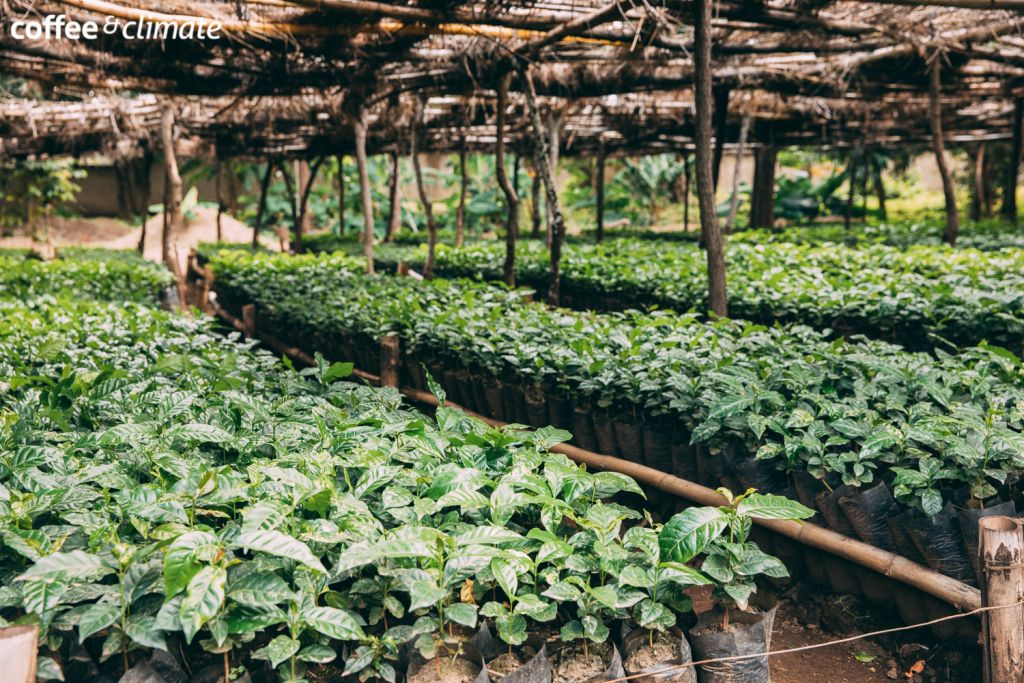
Concept
Although coffee varieties have not been bred specifically for their resilience to specific climate hazards, research studies have shown that coffee varieties display a range of responses to drought. The limitations of these studies are that they have been conducted only on seedlings or in pots, so their relevance in the field are not clear, but they are suggestive of real and potentially exploitable differences between varieties and hybrids. Studies have shown three relevant factors in drought resistance:
- Root dry mass: Drought adapted plants often have deeper and larger root dry mass. Root depth and stomatal control of water use largely explained the differences in relative tolerance to drought stress of Robusta Conilon clones 14 and 120 compared with clones 46 and 109A raised as rooted stem cuttings from the Institute for Research and Rural Assistance of the Espírito Santo (INCAPER), Brazil. Differences were also studied between drought-sensitive Catuacaí 785-15 and drought tolerant Siriema (an Arabica/ racemosa hybrid), where it was concluded that a lower transpiration rate and the higher long-term water use efficiency (including deeper roots) was responsible for the tolerance of Siriema relative to Catucaí.
- Crown density: Dwarf cultivars with dense crowns, for example, are better able to postpone dehydration than cultivars with open crowns, regardless of their leaf areas.
- Leaf shedding: Drought-sensitive plants may show greater leaf shedding in response to drought stress. Field-grown clones of robusta shed leaves in response to drought stress, starting with the oldest first; the more drought-sensitive the clone is, the greater the extent of leaf shedding.
Drawbacks
- None – the focus here is on observation and small scale trials.
Costs
- Low.
Recommended Activities
Ideally all available information would be collected to provide a catalogue of varieties and their potential drought-resistant characteristics. Until then it is suggested that agencies supporting farmers consider activities relating to the following:
- Collect data from farmers about any drought resistant properties of existing varieties.
- Carry out field surveys at the end of dry seasons, to look for cases of non-irrigated coffee that looks in good condition, even after a major dry spell. Collect relevant data such as shade levels, soil type, age of plants etc.
- Make a list of all available coffee varieties.
- Ask farmers for their input. During farmer meetings, quiz farmers on the characteristics of the varieties familiar to them, with special reference to drought and disease resistance.
- Conduct nursery level tests. Based on all available evidence, formulate a plan to test any promising material, starting at the nursery level with controlled amounts of irrigation.
Further Activities
- Drought is arguably the most serious threat to many coffee zones, so every avenue of possible adaptation should be explored.
- Enough research has been done to show that some coffee varieties are more drought resistant than others.
Further readings:
Pinheiro, H. A., DaMatta, F. M., Chaves, A. R., Loureiro, M. E., & Ducatti, C. (2005). Drought tolerance is associated with rooting depth and stomatal control of water use in clones of Coffea canephora. Annals of botany, 96(1), 101-108.
Dias, P. C., Araujo, W. L., Moraes, G. A., Barros, R. S., & DaMatta, F. M. (2007). Morphological and physiological responses of two coffee progenies to soil water availability. Journal of plant physiology, 164(12), 1639-1647.
- Have something to add to this tool description? Leave a comment!
- Interested in applying this tool? Look for pictures, case studies and info sheets below for step-by-step instructions to get you started.
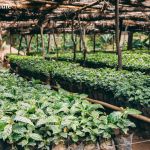
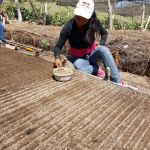
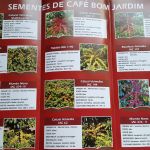
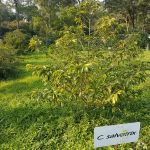

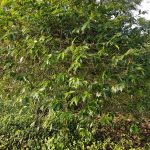
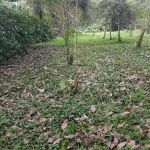
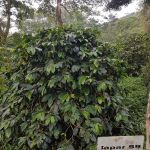
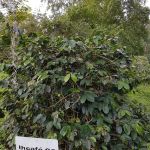
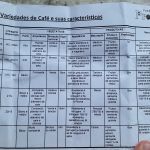
Leave a comment
0 comments